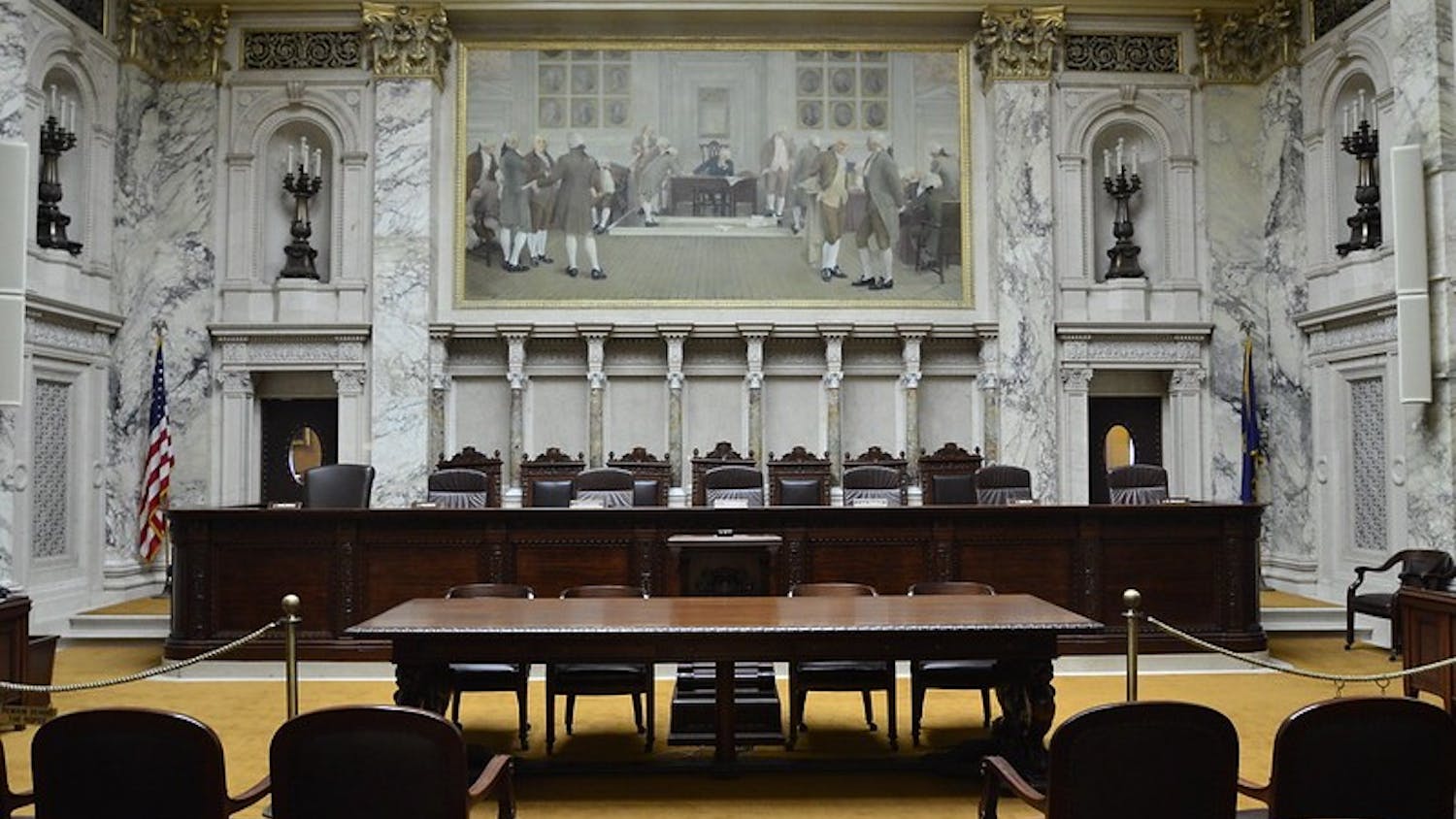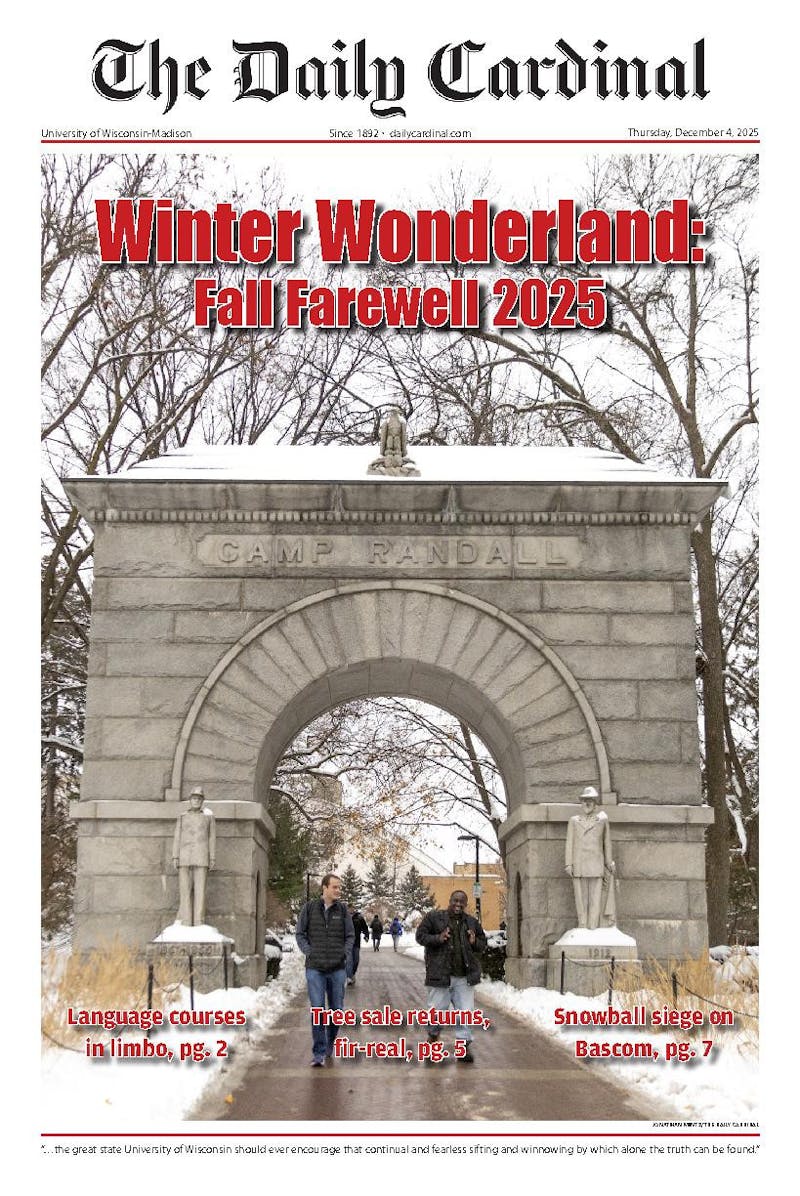This past weekend saw the return of Jesus Christ to the multiplex. One year after \The Passion of the Christ"" arrived amid a sea of controversy and huge box-office receipts, director Mel Gibson decided to re-edit the film so that it could be more family-friendly, so to speak. ""The Passion Recut"" was supposed to achieve a PG-13 rating and lure even more people into theaters to watch the final days of Jesus. Instead, the film is falling on mostly deaf ears.
Somewhere down the line, Gibson decided ""The Passion of the Christ"" should reach out to more people, such as the elderly or young who could not handle the intensity of it. In an online clip for ""The Passion Recut,"" Gibson says he hopes this version can reach a ""wider audience."" Keep in mind that ""Passion's"" box-office haul ended up being $370 million dollars, placing it in the top-10 grossing films of all time.
Still, Gibson seems adamant that mature children and the squeamish should be able to see the film, as well. So he trimmed out five minutes. Think about that for a second: Gibson trimmed out five paltry minutes of a movie that is overwhelmingly violent and gory. The Motion Picture Association of America didn't buy it either, and gave ""The Passion Recut"" the same R rating. Gibson, in all his wisdom, decided to turn this rating down and release the film as unrated. This is usually the kiss of death for a movie, as most theatre chains won't screen unrated films due to the association with pornography or other controversial aspects.
""The Passion Recut"" was released in 954 theaters last weekend, about a third of the amount it occupied during its initial release. Its weekend gross was $240,000, placing it in 19th place at the box office.
The very notion of ""The Passion"" becoming successful in the first place is an amazing feat. It's R-rated, has no big stars and is subtitled. Luckily for Gibson, a sea of controversy from the media and religious groups fueled the massive success of the film. Apparently, Gibson's ego became a bit inflated in the process-leading him to think that re-releasing the film in a slightly edited form would provoke the same cultural phenomenon.
From an artistic standpoint, Gibson means well but is ultimately contributing to a horrible trend. The constant barrage of director's cuts and re-imagined films has become overwhelming, as 90 percent of them are worse than the originals and showcase self-indulgent directors seeking to retool their works or make a quick buck (this is known as ""George Lucas Syndrome""). In defense of Gibson, I believe him when he says that he made this recut in an effort to spread the story of Jesus Christ, but his logic in itself is flawed. ""The Passion"" is overwhelmingly violent, and five minutes does not change the overall tone of the film or its suitability for children or the squeamish.
On top of that, to those who found ""The Passion"" to be an inspiring and spiritual film, he's editing out the very material that helped mold that opinion. To those who found ""The Passion"" exploitative or pornographic, five minutes makes little difference when the foundation of the film is flawed.
Though these two opinions are the most polarized, it helps to showcase the paradox of all this: Gibson is trying to make a film that was driven by controversy less controversial, yet still maintain an edginess that might be appropriate for those who don't attend edgy films.
Dan Marfield's column runs every Monday in the Cardinal. He can be reached at ddmarfield@wisc.edu.





